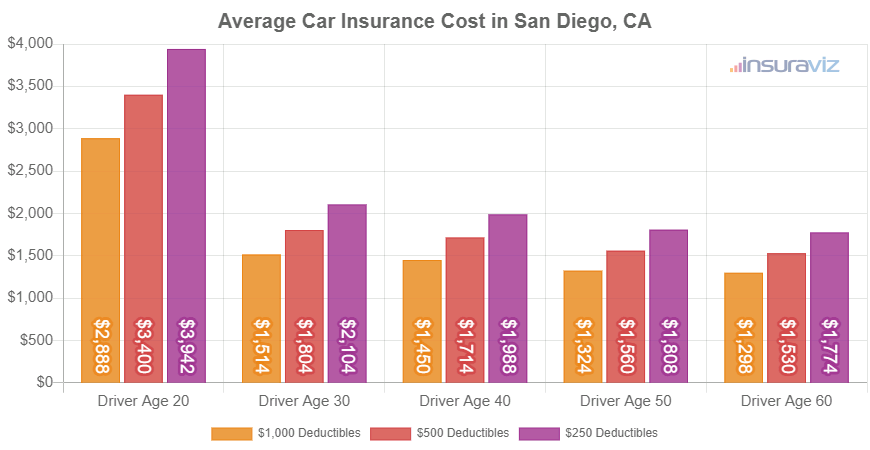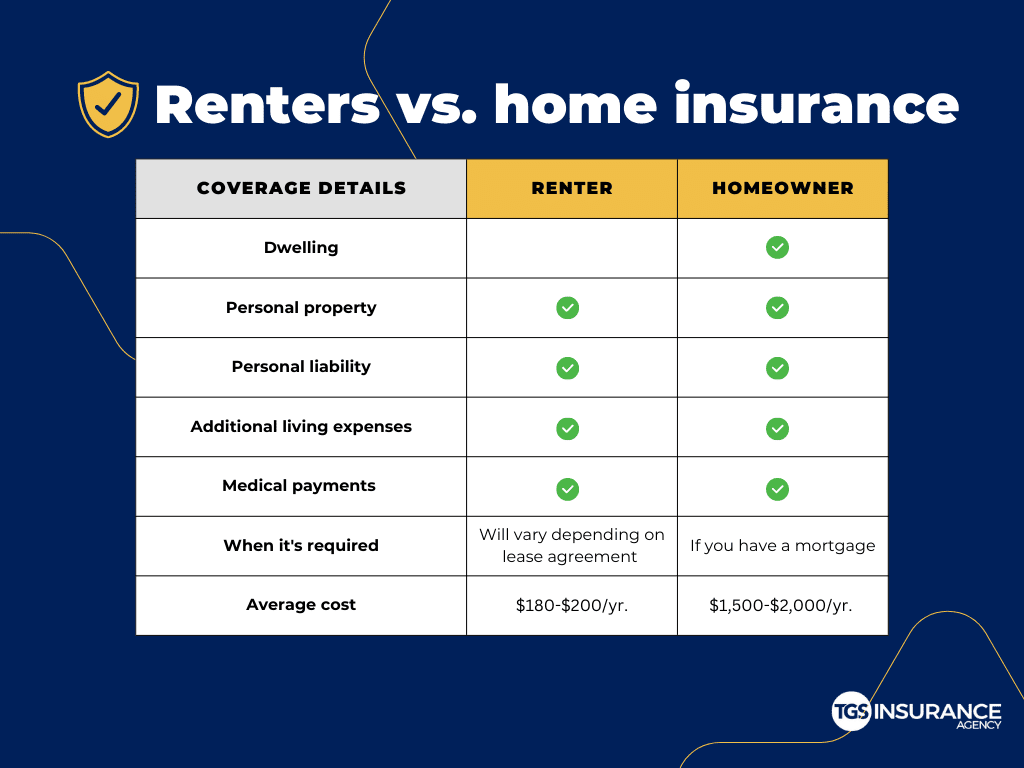
Understanding the basics of pet insurance is essential before you buy. A deductible is the initial cost. These deductibles can be annual or per-condition and must always be met. Some companies, however, have a "per-condition deductible." This means that each time your pet develops a new condition, you'll need to pay a new deductible.
Insurance doesn't cover pets with pre-existing medical conditions
Certain medical conditions may not be covered by pet health insurance, including certain types and forms of cancer. Some of these conditions cannot be curable. The chances are that your pet will require continued medical attention after it has been diagnosed with this condition. These illnesses may not be covered by pet insurance, but payment assistance can help you to pay for them.
Some pet health insurance plans cover pre-existing conditions. These plans do not cover any future conditions. It's important to shop around for the most comprehensive coverage. In addition, it is best to sign up for pet health insurance as soon as possible - before your pet has any health issues!

Annual deductibles
When shopping for pet insurance, it is important that you understand your deductible. These amounts will vary from one company or another, so make sure you choose the right deductible for your specific situation. The annual deductibles for a company can vary from $50 to $1,000. Certain companies offer a zero deductible option that allows you to pay only your monthly premium.
An annual deductible is a set amount you have to pay each year before receiving reimbursement for your pet's medical bills. You would pay $500 to cover your pet's deductible. Your insurance company will reimburse the difference. While this might seem like a lot of money, it is important to understand that annual deductibles are typically less expensive than per incident deductibles.
Reimbursement rates
You need to understand how reimbursement rates work when you buy pet insurance. These rates are determined by the amount of your pet's vet bills that you have covered. Two main methods are used to calculate reimbursements. The pre-deductible method is used while the post-deductible method is used.
The majority of pet insurance policies don't cover the entire cost of veterinary bills. You are responsible to pay for your pet's medical bills. Your coverage is determined by the reimbursement rate. Depending on which type of plan you have, you might be responsible for anywhere from 10% to 30% of your bill. Without pet insurance, it is possible to be responsible for thousands of dollars in unpaid bills.

Coverage limits
It's important that you understand the limitations and exclusions of certain types coverage when looking for pet insurance. Most policies have an annual maximum payout limit. After that, your pet is no longer covered for additional costs. However, there are some companies that offer unlimited plans which have no annual limit.
It is possible for pets to have varying levels of coverage depending on their age and personalities. For example, a younger pet may be more prone to accidents than an older, more sedentary pet. Additionally, older pets may have higher risk for certain health conditions, such as cataracts and cognitive decline. You should also consider your pet's breed as certain breeds are more susceptible to certain diseases.